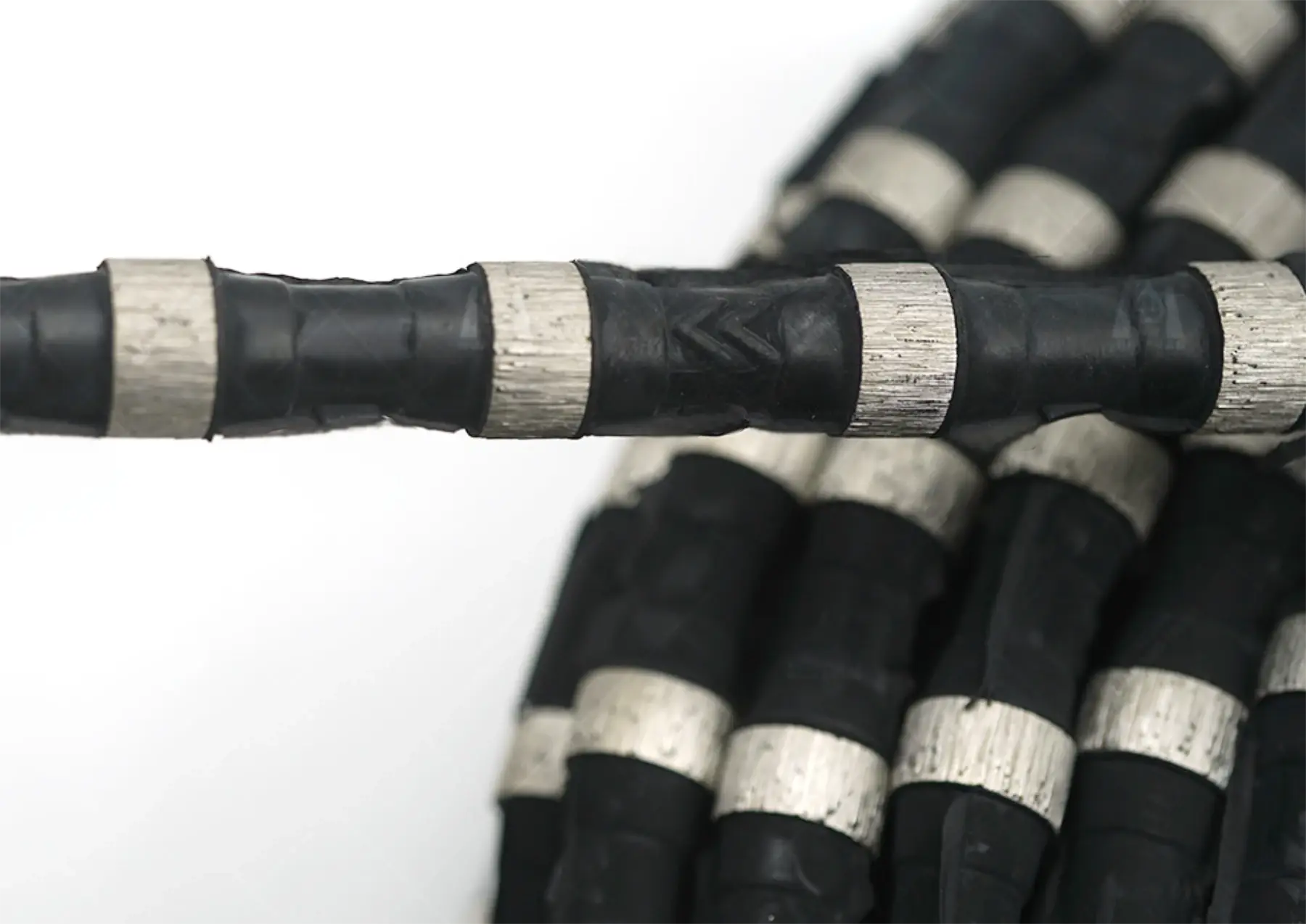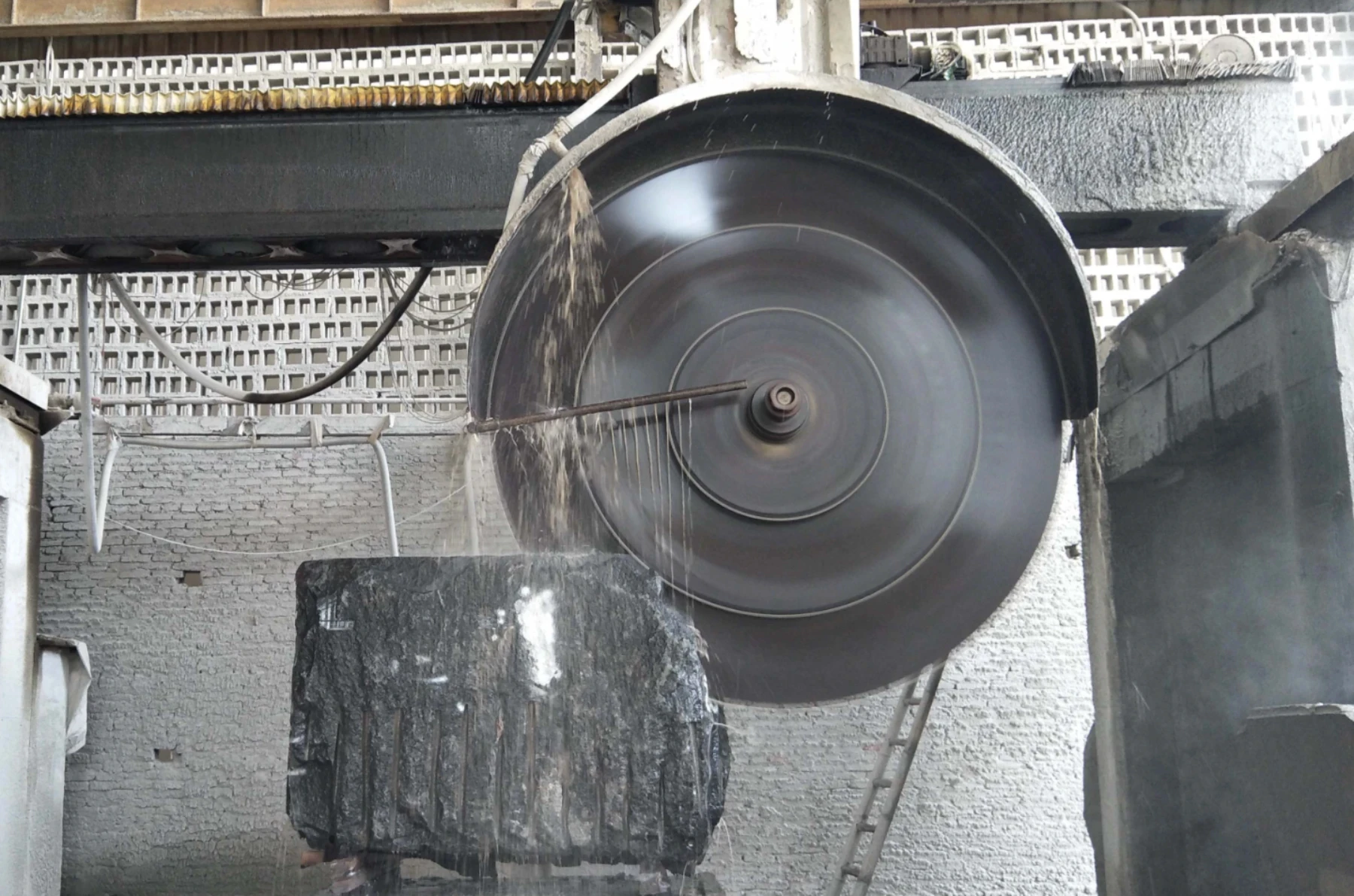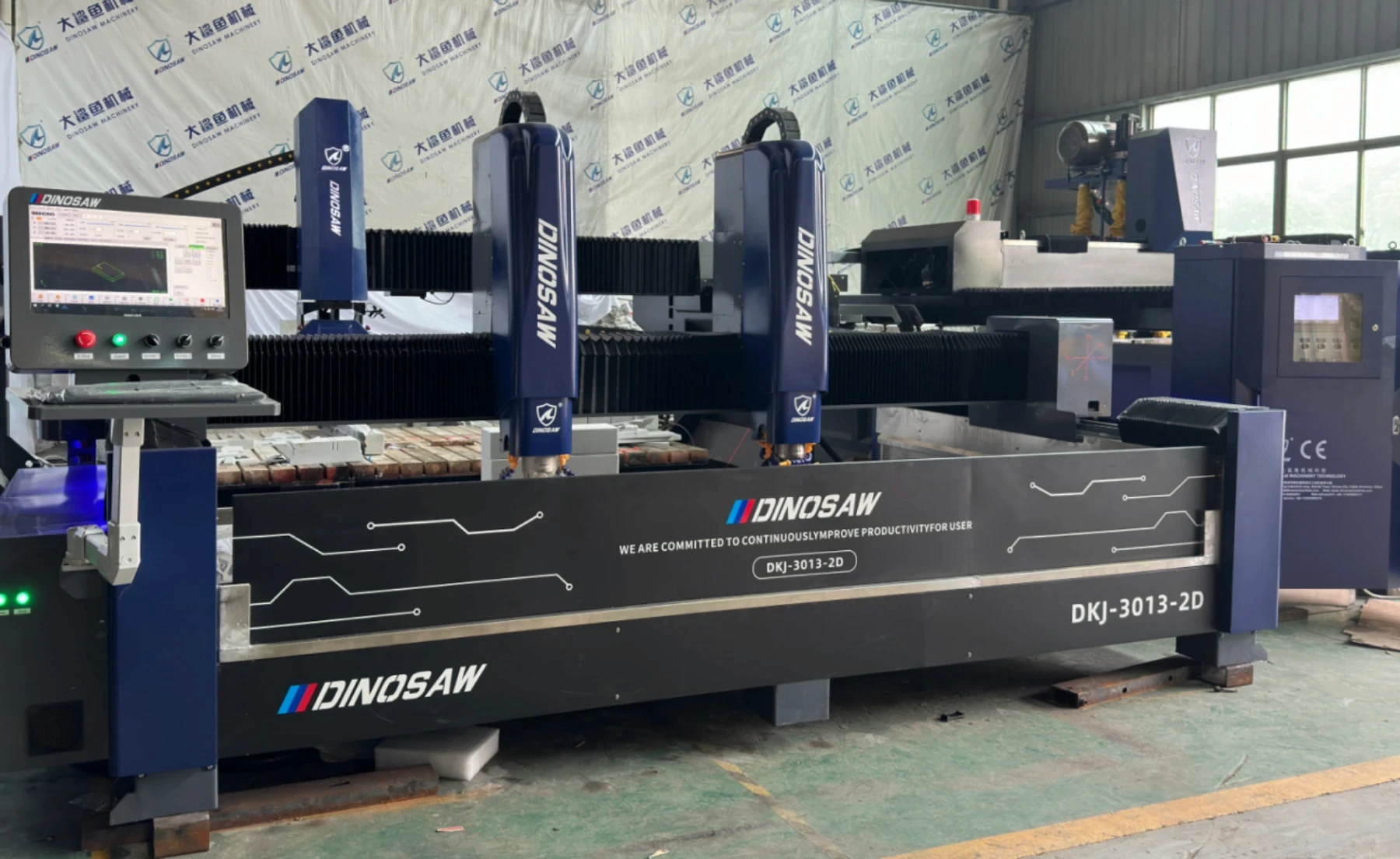
Hello, I'm Lizzy From Dinosaw. All around us, from the sleek casing of a smartphone to robust aerospace components, countless high-quality products share a core enabling technology: CNC (Computer Numerical Control) machining. However, to view it merely as a production method is to miss its profound potential as a cornerstone of modern business strategy.
Today, we will dissect the essence of CNC technology, revealing how it empowers businesses through unparalleled precision, efficiency, and strategic flexibility. What's particularly fascinating is how this technology bridges the gap between digital innovation and physical product realization.

A Strategic Definition of CNC: From "Making" to "Digital Asset Realization"
First, we must fundamentally redefine what CNC represents in today's business landscape. It is not just a "subtractive manufacturing" technique; it is a sophisticated business process that precisely converts a Digital Asset (your design) into a Physical Product. This shift in definition is critical because it transforms how we perceive value creation in modern manufacturing.
Consider this perspective: your core assets are no longer just your factory floor and equipment inventory, but your design data, optimized process parameters, and most importantly, your capacity for continuous innovation. This represents a fundamental shift from asset-heavy to knowledge-intensive business models.
The Core CNC Workflow: A Replicable Path to Success in Three Steps
The power of CNC lies in its highly standardized workflow, making it the foundation for a predictable, replicable, and infinitely scalable business model. Let's examine this step by step:
Computer-Aided Design (CAD) - The Origin of Value Creation
This is where innovation transforms into tangible value. Whether it's a disruptive new product concept or a minor iterative improvement, everything begins with a meticulously crafted digital blueprint. The beauty of CAD lies in its ability to capture not just geometry, but engineering intent and manufacturing constraints. Leading platforms like Autodesk have revolutionized how engineers translate conceptual ideas into manufacturable designs, making the CAD-to-CNC workflow more seamless than ever before.
Modern CAD software interface showcasing the digital blueprint creation process that forms the foundation of CNC machining operations.
CAM and G-code Generation - Bridging Creativity and Execution
This is the crucial bridge that translates "creative ideas" into "machine language." Computer-Aided Manufacturing (CAM) software generates G-code, a comprehensive set of precise instructions directing the machine's axis movements, cutting speeds, and tool selection strategies. This step represents the critical translation from human creativity to machine precision.
Machine Execution - Digital Precision Meets Physical Reality
A CNC machine faithfully executes the G-code instructions, transforming a block of raw material—whether metal, plastic, or specialized composites—into a high-precision finished part through meticulous cutting operations. The standardization of this process means that your design can be perfectly replicated anywhere in the world, provided there is a qualified CNC setup.
State-of-the-art CNC machining equipment demonstrating the precision and automation capabilities that define modern manufacturing excellence.

The Business Advantages: Automation, Cost-Effectiveness, and Unmatched Precision
High Automation & Strategic Cost-Effectiveness
Once the G-code is optimized and validated, a CNC machine can operate with minimal human supervision, dramatically reducing labor costs while maintaining consistent quality. For low-to-mid volume production of complex parts, it proves far more cost-effective than manual crafting and significantly more flexible than the high tooling investments required for mass-production methods like injection molding. Research from the Society of Manufacturing Engineers (SME) consistently demonstrates that companies leveraging advanced CNC capabilities achieve 20-40% better operational efficiency compared to traditional manufacturing approaches.
The Unique Strengths of Subtractive Manufacturing
Compared to 3D printing (additive) and injection molding (formative), CNC machining, as a subtractive manufacturing technology, offers distinct competitive advantages that savvy business leaders must understand:
🔧Material Versatility
CNC can process virtually any engineering-grade material, including vast ranges of metal alloys, high-performance plastics, hardwoods, and specialized composites.
💪Superior Physical Properties
Because the final part is machined from a solid block, it retains the material's original strength and internal structural integrity—a quality many additive methods struggle to match.
🎯Micron-Level Precision
Achieving tolerances that enable high-value-added products in aerospace, medical devices, and precision instrumentation industries.
Featured Equipment Spotlight: Advanced Stone Cutting Technology
Speaking of material versatility, the stone cutting industry exemplifies CNC's adaptability beyond traditional metals and plastics. For businesses venturing into stone processing—whether for architectural applications, countertops, or artistic installations—specialized CNC equipment becomes crucial.
The Dinosaw CNC Diamond Wire Saw Cutting Machine Pro represents the cutting edge of stone processing technology. This sophisticated system combines the precision of CNC control with diamond wire cutting technology, enabling businesses to achieve remarkable accuracy in stone cutting operations while maintaining cost-effectiveness for both prototype and production runs.

But here's where this equipment truly revolutionizes the traditional CNC learning curve: the diamond wire saw stone cutting machine is designed with user-friendliness as a core strategic priority. Unlike conventional CNC systems that often require extensive programming expertise, this system exemplifies how modern CNC technology can democratize precision manufacturing.
The intuitive touchscreen interface employs simple, graphical controls that operators can master quickly—a stark contrast to traditional CNC machines requiring complex programming knowledge and years of specialized training. Most remarkably, no CAD programming is required for standard cutting operations, effectively removing the technical barrier that often prevents businesses from adopting CNC technology.
Consider the operational efficiency gains: most operators can complete basic setup within just 5 minutes after initial training, and a single skilled operator can efficiently manage multiple machines simultaneously. This transforms the traditional one-operator-per-machine model into a scalable production system that maximizes both human resources and equipment utilization.
For businesses requiring complex cutting patterns, the optional pattern library allows quick selection from pre-configured cutting paths, essentially providing instant access to proven G-code sequences without the time investment typically required for custom programming. Furthermore, comprehensive training for operators of all experience levels comes included as part of the implementation package, ensuring your team can leverage the full potential of this technology from day one.
What makes this particularly strategic is how it exemplifies the CNC philosophy: transforming a traditionally labor-intensive, skill-dependent process into a repeatable, scalable business operation that can deliver consistent results regardless of operator experience level.
Precision: The Bedrock of Commercial Success
The core competitive advantage of CNC technology lies in its ability to achieve micron-level tolerances consistently. In industries like aerospace, medical devices, and precision instruments, this level of accuracy isn't merely an advantage—it's an absolute requirement for market entry. According to the National Institute of Standards and Technology (NIST), precision manufacturing capabilities directly correlate with a nation's competitive manufacturing position. It empowers you to create high-value-added products that competitors without this capability simply cannot match.
Conclusion: CNC as a Strategic Investment in Future Competitiveness
To truly understand CNC is to understand the key to modern manufacturing excellence and future business competition. This isn't merely about operating sophisticated machinery; it's about building a comprehensive business ecosystem centered on digital innovation, fortified by uncompromising precision, and distinguished by strategic flexibility.
The businesses that will thrive in tomorrow's marketplace are those that recognize CNC not as a cost center, but as a strategic enabler of innovation, quality, and scalability. Leading consulting firms like McKinsey & Company consistently identify advanced manufacturing capabilities as key differentiators in their industry transformation reports. It represents the intersection where digital transformation meets physical product realization—a critical capability in our increasingly connected and demanding global economy.
In future discussions, we will delve deeper into specific CNC configurations (3-axis vs. 5-axis systems) and their strategic applications across different industry contexts. As manufacturing standards continue to evolve—with organizations like ISO Technical Committee 213 setting new precision manufacturing benchmarks—staying ahead of these technological curves becomes increasingly critical. For now, I urge you to see CNC as a strategic fulcrum in your business blueprint—one that will leverage infinite possibilities for growth, innovation, and competitive differentiation.
About the Author:
As a business consultant specializing in manufacturing strategy and digital transformation, I help companies identify and leverage technology investments that drive sustainable competitive advantages. This analysis draws from industry research and practical experience in manufacturing optimization across multiple sectors.












